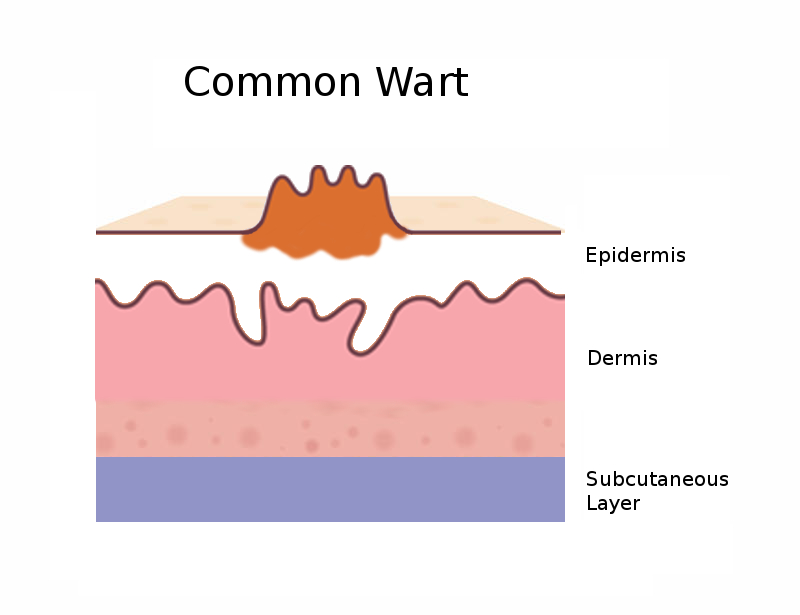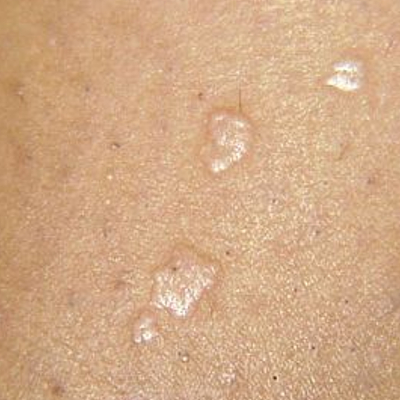Brown Spot Removal
What are brown spots?
Sun spots or age spots
Brown or dark spots on the skin often appear with age, especially on the face and hands. The spots we are referring to here also go by the name of sun spots, age spots, liver spots or solar lentigines. As the names imply, these spots are caused by sun exposure and age. Importantly, these spots should not be confused with freckles, melasma, moles or melanomas. What defines sun spots and age spots from other brown spots, is that they appear in areas where there has been a lot of sun exposure. For those susceptible to developing sun/age spots, they will usually start to appear from the age of thirty and often initially on the face. Luckily, these spot are easily removed with cryotherapy, and usually only one session is needed.
Before coming in for treatment it is important to establish whether the brown spots you’re wishing to have removed are sun or age spots. The distinguishing features of these spots are:
Flat to the surface of the skin. When you run a finger over a sun/age spot it will feel like normal skin.
Located in an area where there has been a lot of sun exposure, such as the face, arms, shoulders or the hands.
Clearly defined smooth edges and usually of a size between a pin head and 10 mm in diameter.
Seborrheic Warts
These brown spots are also referred to as senile warts, seborrheic keratosis or basal cell papillomas. Seborrheic warts are extremely common in people over the age of 40. By the age of 70, 75% of people will have at least one of these brown spots. The cause of seborrheic warts is not known, although it seems to be hereditary. They are caused by a harmless build up of skin cells. They have a very distinct “pasted on” appearance and will start out flat and slowly grow into raised, rough to the touch, lesions. The distinguishing features of seborrheic warts are:
Rough surface, which can resemble the feel of a wart.
Range in colour from light brown to very dark brown.
Usually found on the trunk, but can also grow on the head and neck.
Can range in size from a few mm to several cm in diameter.
Do I need a medical diagnosis to have my brown spots removed?
It is not necessary to get a doctor’s diagnosis before coming in for treatment on sun and agespots. However, for seborrheic warts, you will be asked to confirm that it has been diagnosed as such by your GP before commencing treatment.
It can sometimes be difficult to distinguish sun or age spots and early stage seborrheic keratosis from melanoma (a type of skin cancer). If there’s any doubt, you may be asked to get an opinion from your GP before starting treatment. This is especially likely if your brown spot has some of the features of melanoma, such as those listed below:
Asymmetrical edges, if you draw a line through the centre of the brown spot the two sides will, in most cases look very different.
Irregular borders and edges
Inconsistent colour which could range from browns, red, black, pink and in some cases blue.
Recent changes in shape, size or colour or other characteristics.
If at all in doubt, get a doctors opinion.
How do you remove brown spots?
Sun spots or age spots
The Cryopen is extremely effective at removing sun spots. After an initial consultation the treatment can be carried out on the same day. The brown spot is evenly sprayed with N 2O, at a temperature of –89°C for 5 sec. This will freeze and destroy the very top layer of skin, which is where the sun/age spot resides. A very thin scab will form over the next few days after treatment. This will look like the brown spot has turned a darker colour. Once this thin scab falls off, fresh new skin will be revealed without any trace of the brown spot. One treatment is usually all that is needed.
Seborrheic Warts
The Cryopen is extremely effective at removing seborrheic warts. After an initial consultation the treatment can be carried out on the same day. The brown spot is evenly sprayed with N 2O, at a temperature of –89°C for 5-20 sec depending on size and depth. This will freeze and destroy the outer layer of the skin where the brown spot is located. The lesion will fall of after a few weeks, revealing fresh new skin underneath. One treatment is usually all that is needed, however for very large seborrheic warts a second treatment may be needed.












The majority of warts have a very distinct appearance, looking like little rough bumps usually round in shape and less than one centimetre wide.
However, one type of wart which can often be confused with a skin tag is the filiform wart. The filiform wart is caused by a subtype of the HPV virus. More than 70 subtypes of the HPV virus are known, each causing different types of warts on different parts of the body.